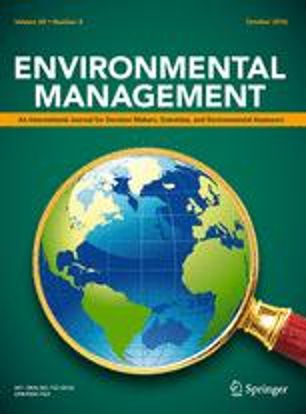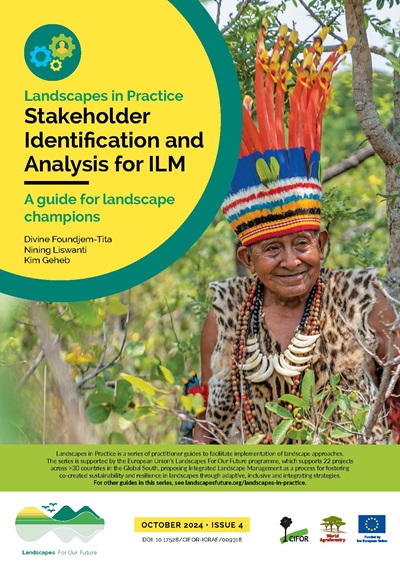Human activities change the structure and function of the environment with cascading impacts on human health, a concept known as “planetary health.” Agroforestry—the management of trees with crops and livestock—alters microclimates, hydrology, biogeochemistry, and biodiversity. Besides the nutritional benefits of increased fruit consumption, however, the ways agroforestry affects human health are rarely articulated. This review makes that link. We analyze the pathways through which tree-based farm and landscape change affect food and nutrition security, the spread of infectious disease, the prevalence of non-communicable diseases, and human migration in Sub-Saharan Africa. The available evidence suggests that, despite some increased risks of infectious disease, agroforestry is likely to improve a diverse range of pressing health concerns. We therefore examine the factors determining agroforestry use and identify three drivers of social and environmental change that will determine the future uptake of agroforestry in the region.
DOI:
https://doi.org/10.1016/j.oneear.2019.10.017
Altmetric score:
Dimensions Citation Count:

Publication year
2019
Authors
Rosenstock, T.S.; Dawson, I.K.; Aynekulu Betemariam, E.; Chomba, S.; Degrande, A.; Fornace, K.; Jamnadass, R.; Kimaro, A.A.; Kindt, R.; Lamanna, C.; Malesu, M.
Language
English
Keywords
agroforestry, climate change, food security, nutrition, migration, biodiversity, carbon dioxide, health, soil























